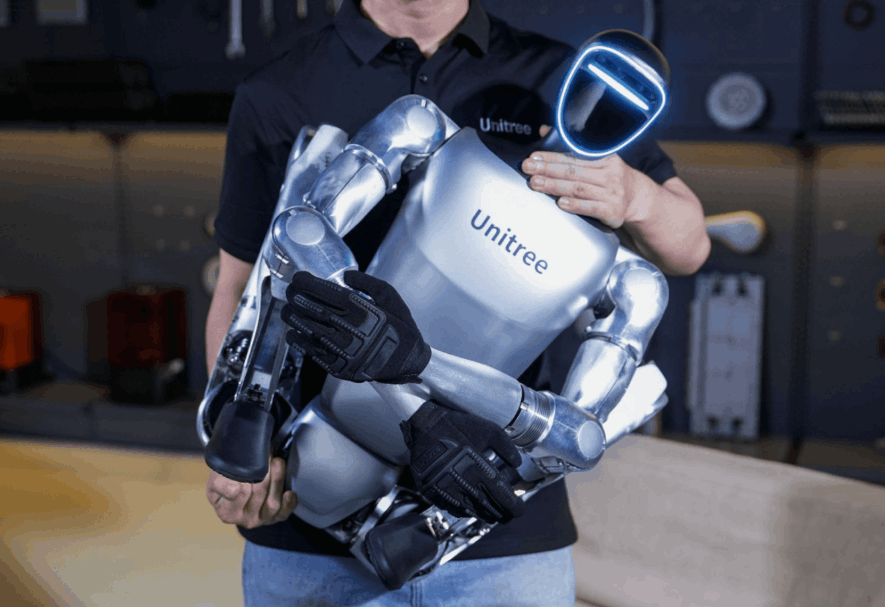Humanoid Robots: The Next Frontier
The development of humanoid robots marks a transformative step in the world of robotics, blending advanced technology with human-like functionality. These robots are designed to mimic human movement, expressions, and interactions, making them an essential tool in various industries. From assisting elderly individuals to serving as customer service representatives, humanoid robots are rapidly evolving to meet diverse needs in society.
One of the primary applications of humanoid robots is in healthcare. Robots equipped with empathetic AI are being used to assist patients with mobility challenges and provide emotional support. They can also monitor vital signs and perform routine medical tasks, reducing the workload on healthcare professionals. This fusion of technology and human-centric design demonstrates how robotics can improve quality of life and bridge gaps in care.
The development of humanoid robots is not without its challenges. Achieving lifelike movements and expressions requires precise engineering and cutting-edge AI. Additionally, ethical concerns, such as job displacement and privacy, must be addressed as these robots become more prevalent. Nevertheless, their potential benefits, particularly in industries like education and retail, make them an exciting prospect for the future.
As technology continues to advance, humanoid robots are expected to become even more sophisticated and versatile. With ongoing innovations, they are likely to play a crucial role in shaping how humans interact with technology. This next frontier in robotics holds immense promise, not just for industries but for society as a whole.
